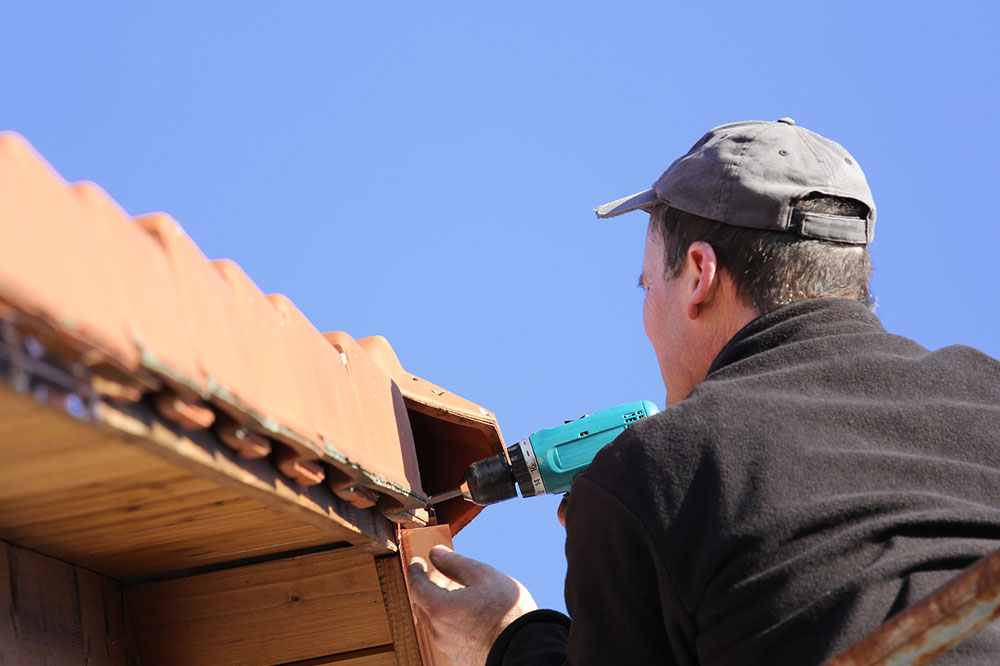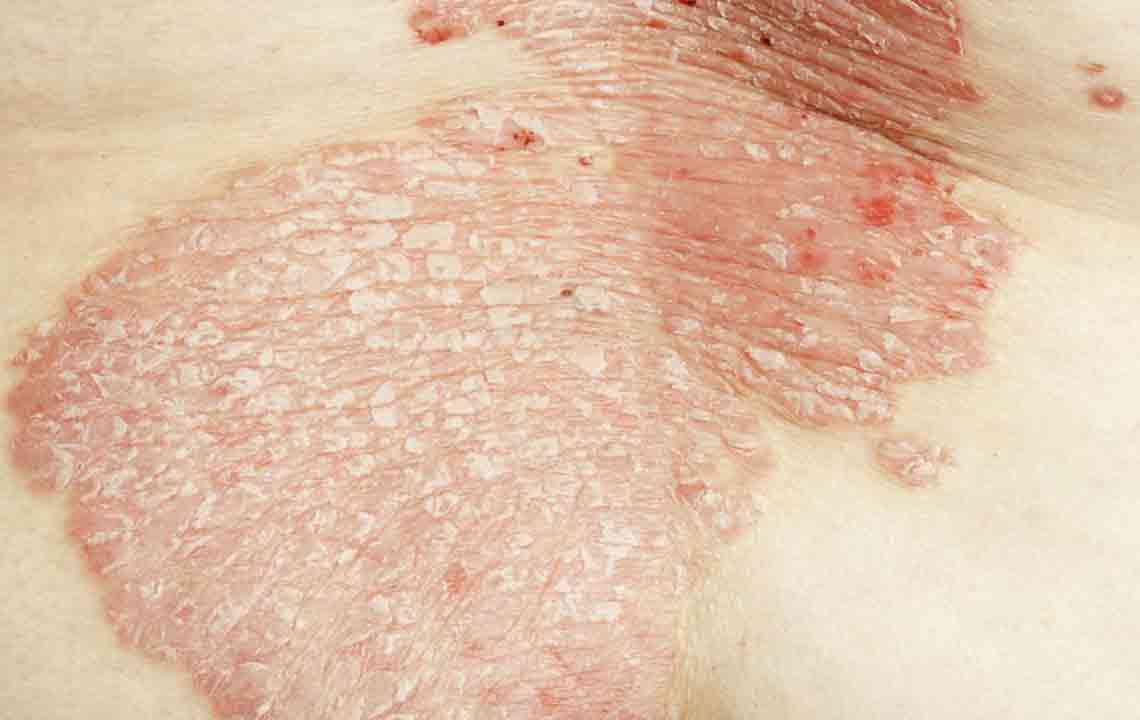What Are the Symptoms of Lichen Sclerosus
Lichen sclerosus is a less common but serious skin condition that mainly affects an individual’s genitals. The exact cause of the condition is unknown to medical science, but it has been attributed to environmental factors, genetic predisposition, or hormonal imbalance. It is not a contagious disease, but it is considered to be an autoimmune disease, and the symptoms may resurface if left untreated. Here are the major signs and symptoms and treatment options of lichen sclerosus.

What does lichen sclerosus look like?
Initially, one may notice shiny, scaly, or itchy patches that eventually get bigger as the disease progresses. The spots may also join together and look like tissue paper or parchment. As a result, the affected skin may look discolored and become thin and fragile. In addition, there may be itchy blisters or sores on the genital area, which can worsen due to scratching.
Symptoms of lichen sclerosus
Also known as balanitis xerotica obliterans (BXO) or white spot disease, Lichen sclerosus is an inflammatory condition that affects the following areas of the body: vulva (the area outside vagina), penis, foreskin, urethra, and anus. Here are some of the symptoms that should prompt a medical evaluation:
- Scarring in the genital areas which can make intercourse, defecation, or urination painful or uncomfortable
- Scar tissues may form in the urethra, which is a tube that enables urination, or it may go through some changes
- Discoloration of skin in patches that may be smooth to touch
- Wrinkly or blotchy skin patches
- Burning sensation
- Open sores, ulcers, or blistering
- Bleeding
- Skin inflammation
- Sore or fragile skin
- Tear or crack in the skin
- Constipation
- Persistent itching
- Weak flow while peeing
- Less flexible penis or foreskin tightening
- Odd discharge from the genital area
- Easy bruising even with minor impact
- White spots on glans, or the tip of the male genital
During the initial stages, one may not show any symptoms of the condition, but when they do appear, they usually show up on the skin of one’s anal areas. Apart from this, it may also affect one’s breasts, back, shoulders, wrists, mouth, torso, buttocks, inner thighs, armpits, chest, or upper arms. One should be mindful of the symptoms appearing anywhere on one’s skin since leaving them untreated can lead to serious health concerns later, including skin cancer.
Who is at risk of developing lichen sclerosus?
Scientists believe lichen sclerosus is a result of gene mutation, hormonal issues, injury, or a combination of any of these. It can affect anyone, but a common group that may go through lichen sclerosus is postmenopausal women, typically between 40 and 60 years of age. Individuals who experience late puberty may also be at risk. Although less common, the condition can also affect individuals assigned male at birth who still have their foreskin or have urinary incontinence. Additionally, having an autoimmune disease, hypothyroidism, allergies, diabetes, or a high BMI can increase the chances of developing lichen sclerosus. The condition may also be associated with a compromised immune system, which attacks one’s own skin.
Common treatments of lichen sclerosus
Since it’s a long-term disease with no cure as yet, one may experience frequent flare-ups of the disease. The treatments usually focus on managing symptoms and helping individuals lead better lives. Here are some of the recommended lichen sclerosus treatments:
- Creams that help soothe the skin irritation
- Phototherapy or light therapy, which uses ultraviolet light to reduce skin inflammation
- Immune therapy that helps the body to identify and avoid attacking healthy cells.
- Surgery to remove the affected tissues and treat scarring
Despite being chronic in nature, most individuals with lichen sclerosus respond well to treatments. So, one should not delay the diagnosis if one has any doubts or shows any symptoms. Those who are diagnosed with the condition are advised to visit the doctor half yearly or once every year to check for any changes in the skin, any new issues, or side effects of the current treatments. Doctors can adjust the treatment accordingly to suit one’s skin in time.
Precautionary measures for lichen sclerosus
One is advised to care for their skin by washing it with an emollient soap instead of regular soap, using doctor-recommended products, gently dabbing the genitals dry to avoid irritation after urination, using creams to soothe itching, avoiding scratching the affected areas, using loose-fitting cotton or silk clothes and undergarments, using lubricants, and having a set skincare routine in place. Lukewarm baths or showers are better than hot ones or bubble baths, and one should avoid fragrances or fragrant detergents altogether. Opt for unscented laundry detergent and change out of wet clothing promptly so the wet skin does not cause further irritation. Apart from this, it’s also important to avoid activities like cycling or horse riding that can worsen the irritation or cause friction in sensitive areas. Additionally, it’s best to avoid wearing irritable materials like wool or silk.




